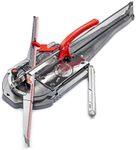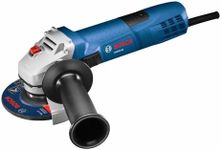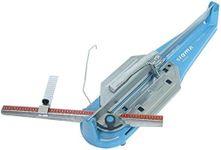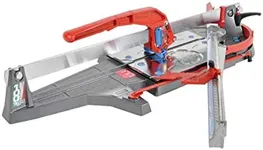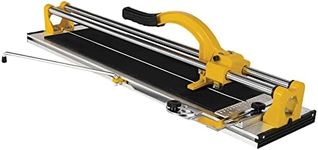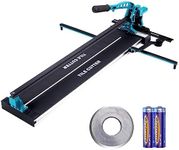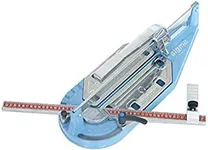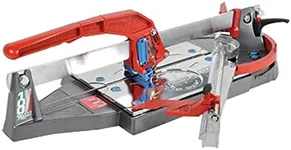Buying Guide for the Best Tile Cutters
Choosing the right tile cutter is essential for anyone working on tiling projects, whether it's for a bathroom, kitchen, or flooring. The right tool will help you achieve clean, precise cuts, making your work look professional and saving you time and frustration. When picking a tile cutter, it's important to consider the types of tiles you'll be working with, the size of your projects, and your own experience level. Understanding the key specifications will help you select a cutter that matches your needs and ensures smooth, accurate results.Cutting Capacity (Length and Thickness)Cutting capacity refers to the maximum length and thickness of tile that the cutter can handle. This is important because using a cutter that's too small for your tiles can result in poor cuts or even damage to the tool. Tile cutters are usually divided into small, medium, and large capacities. Small cutters are suitable for wall tiles and small floor tiles, medium ones can handle most standard floor tiles, and large cutters are designed for big-format tiles. To pick the right one, consider the largest tile you plan to cut and make sure the cutter can accommodate it comfortably.
Type of Cutter (Manual vs. Electric)Tile cutters come in manual and electric versions. Manual cutters are hand-operated and are great for straight cuts on ceramic and some porcelain tiles. Electric cutters, often called wet saws, use a motorized blade and water to cut through tougher materials like stone or thick porcelain, and can handle more complex cuts. If you mostly need straight cuts on standard tiles, a manual cutter is usually sufficient. If you plan to cut harder materials or need to make angled or intricate cuts, an electric cutter is a better choice.
Blade Quality and TypeThe blade or scoring wheel is the part that actually cuts or scores the tile. Its quality affects the smoothness and accuracy of the cut. Blades are typically made from tungsten carbide or diamond, with diamond-tipped blades being more durable and suitable for harder tiles. If you work with basic ceramic tiles, a standard blade will do, but for porcelain or stone, look for a cutter with a high-quality, durable blade.
Cutting Guide and Measurement SystemA cutting guide helps you make straight, repeatable cuts, and the measurement system allows you to set precise dimensions. Some cutters have adjustable guides and clear measurement markings, which are especially helpful for larger projects or when you need consistent results. If you value accuracy and efficiency, look for a cutter with a reliable guide and easy-to-read measurements.
Portability and WeightPortability refers to how easy it is to move and transport the tile cutter. Lighter, compact cutters are easier to carry around, making them ideal for small jobs or if you need to work in different locations. Heavier, more robust cutters are better for stationary use and larger projects. Think about where you'll be using the cutter most often and choose one that matches your mobility needs.
Ease of Use and Safety FeaturesEase of use includes how simple it is to operate the cutter, change blades, and clean the tool. Safety features might include non-slip bases, blade guards, or water containment for electric cutters. If you're new to tile cutting or value convenience, look for a cutter with user-friendly features and good safety measures to make your work smoother and safer.
